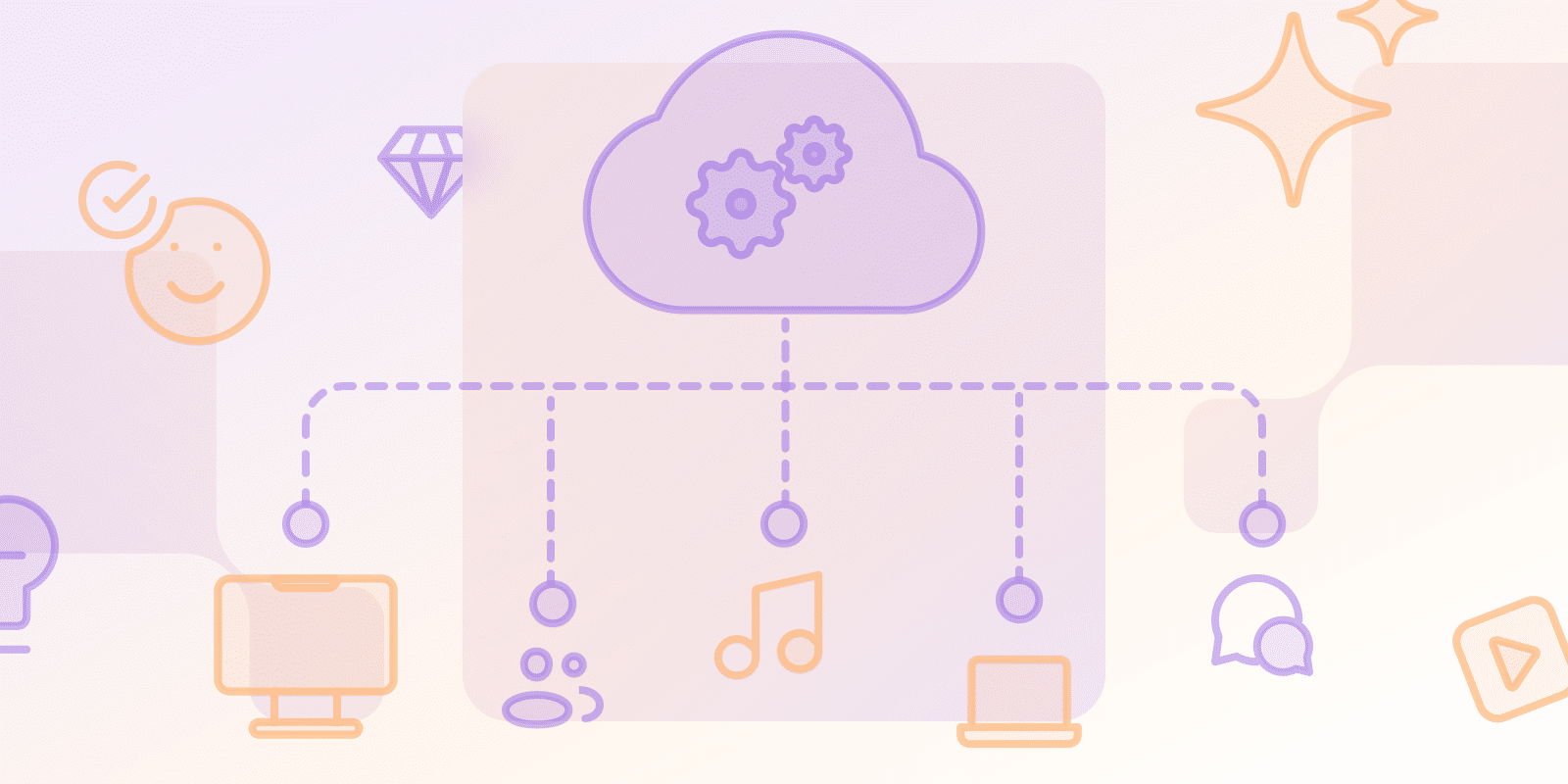서버리스 컴퓨팅
서비스로서의 함수(FaaS)란?
Published: 10월 28, 2024
Last updated: 11월 26, 2024

서비스로서의 함수(FaaS) 모델이란?
서비스 또는 FaaS로서의 함수는 개발자가 서버를 관리할 필요 없이 애플리케이션을 쉽게 배포하고 실행할 수 있는 서버리스 컴퓨팅 실행 모델입니다. 요약하자면, FaaS를 사용하면 코드를 작성하는 동안 클라우드 공급자가 서버 배포, 리소스 할당 및 환경 관리를 자동으로 처리합니다.
FaaS는 어떻게 작동합니까?
FaaS 모델에서 개발자는 단일 작업을 수행하도록 설계된 작고 독립적인 청크인 함수 형태로 코드를 작성합니다. 이러한 함수는 HTTP 요청, 데이터베이스 변경 또는 파일 업로드 이벤트와 같은 이벤트에 의해 시작됩니다. 이벤트가 발생하면 클라우드 공급자는 즉시 함수에 필요한 리소스를 할당하고 함수 이벤트가 완료된 후 해제합니다. 이 컴퓨팅 모델은 이벤트 기반의 서버리스 배포를 허용하며, 이는 함수 실행당 요금을 의미합니다.
잘 알려진 FaaS 제공업체로는 Amazon AWS Lambda, Microsoft Azure Functions, Google Cloud Functions 등이 있습니다.
FaaS와 SaaS의 차이점은 무엇입니까?
FaaS의 주요 이점은 무엇입니까?
FaaS는 개발자가 코드를 작성하는 데만 집중하고 서버에 대한 제어 권한이 거의 없는 서버리스 컴퓨팅 유형입니다. 활동 규모를 조정할 수 있으며 애플리케이션의 작업 부하 함수로 사용량에 대한 자동 요금 부과 메커니즘을 기반으로 합니다.
FaaS의 단점은 무엇입니까?
FaaS의 이점에도 불구하고 몇 가지 단점에 대해 논의하는 것이 중요합니다.
- 공급업체 잠금: FaaS가 다른 클라우드 공급업체 간에 구현되는 방식에는 차이가 있을 수 있으며, 이는 애플리케이션을 이동하는 데 어려움을 초래할 수 있습니다.
- 콜드 스타트: 휴면 함수의 초기 시작 시간이 길어질 수 있으며, 이는 개인에게 피드백 지연을 초래할 수 있습니다.
- 디버깅 및 모니터링: 분산된 서버리스 애플리케이션은 모놀리식 애플리케이션보다 디버깅 및 모니터링이 더 복잡할 수 있습니다.
- 상태 비저장: 함수 실행에 걸쳐 상태를 보존하는 것은 매우 복잡하며, 애플리케이션을 설계할 때 추가적인 노력이 필요합니다.
이러한 단점에도 불구하고 FaaS는 특히 이벤트 기반 및 클라이언트 중심 프레임워크에서 첨단 기술, 확장성, 비용 효율적인 애플리케이션을 구축할 때 널리 사용됩니다.
결론
FaaS는 개발자가 서버를 구매하지 않고도 애플리케이션을 구축하고 배포할 수 있는 서버리스 아키텍처의 확장입니다. FaaS는 자동 확장, 개발 주기, 리소스 기반 비용 활용을 위한 인프라를 숨깁니다. 이벤트 기반 및 확장 가능한 클라우드 솔루션을 개발하는 데 FaaS를 배포할 수 있지만 모든 유형의 애플리케이션에 적합한 것은 아닙니다.